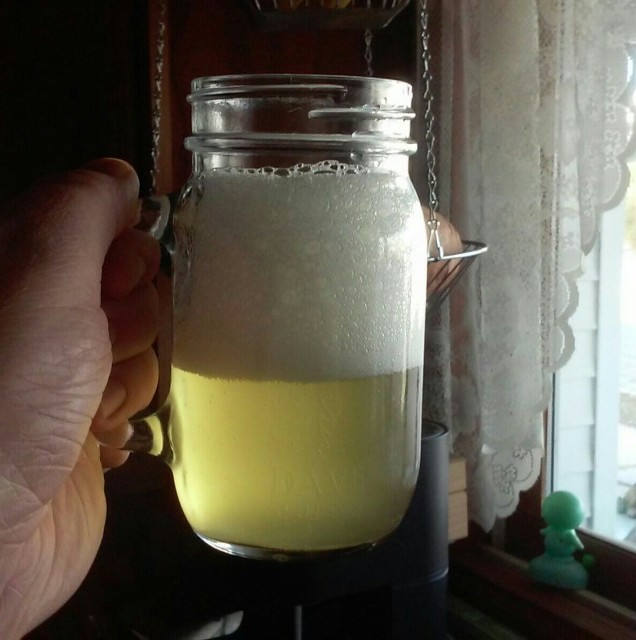Finally, got me some Fermentis Safkvas C-73.
Building now a recipe to use it in. Read a lot on the beverage, in different languages. As I understand now, Kwass differs from the rest of the small farmhouse ales in that it's double fermented: first by Lactobacillus, and then by Cerevisiae or wild strains. Fermentis state their Kwass yeast provides enough acidity so that an additional Lacto fermentation isn't needed.
I tasted homemade Kwass in Latvia and Poland (didn't like it much) and also some darker and sweeter industrial-produced versions in Ukraine (which I liked more).
For my first Kwass recipe, I think I won't follow the traditional sloppy practice of open wild fermentations of stale breadcrumbs. I'll make my small batch of Kwass all-malt (Pale Rye Malt and Fermented Red Rye Malt), boiled, and then fermented under hydrolock, to see what the yeast can achieve. Then will adjust the recipe to replicate the Ukrainian dark Kwasses. Grain to glass in 3 to 5 days, it's an ideal style for experimenting.





